Latest
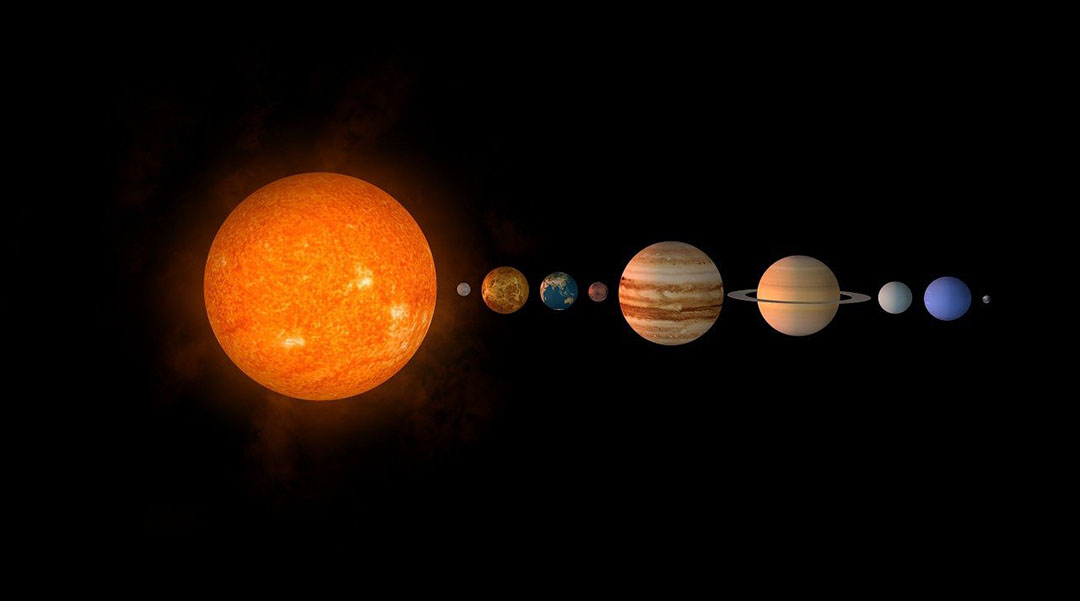
Samples recovered from Ryugu asteroid reveal how our solar system formed
An ancient magnetic field drew matter inward and helped form our solar system’s planets, moons, and asteroids.

Liver protein linked to weight loss during intermittent fasting
The protein helps convert white fat tissue into calorie-burning beige fat, providing a potential target for weight loss and obesity treatments.

Fast radio bursts lead scientists to the origins of magnetars
Links to observational data may have revealed the nature of magnetars and the origins of their extreme magnetic fields.
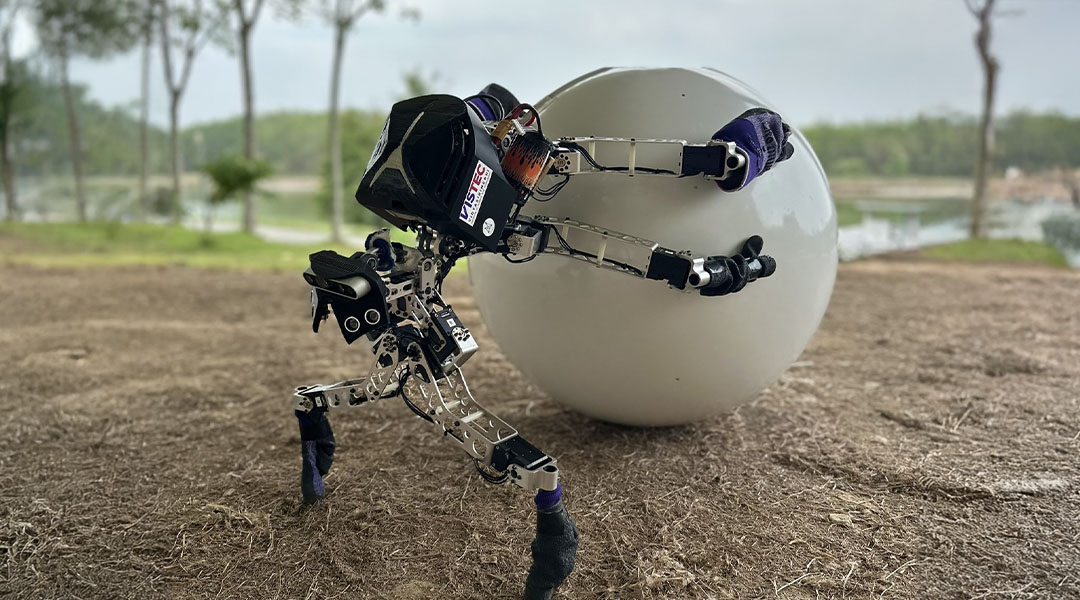
Dung beetles inspire a new generation of robot
Robots modelled after dung beetles leverage nature’s ingenuity with efficient, space-saving object-rolling mechanics.

Swirling clouds of axions around neutron stars could help scientists detect dark matter
Dark matter may be gathering in dense clouds around neutron stars, potentially making it easier to observe it from Earth.

How tactile devices can improve children’s learning
Study finds tactile learning in education helps kids engage multiple senses, leading to a richer and more interactive learning experience.

A brain–computer interface could slow cognitive decline
This new brain–computer interface detects weakened brain signals and boosts them to healthy levels, potentially reversing cognitive aging in the brain.
ASN Weekly
Sign up for our weekly newsletter and receive the latest science news directly to your inbox.
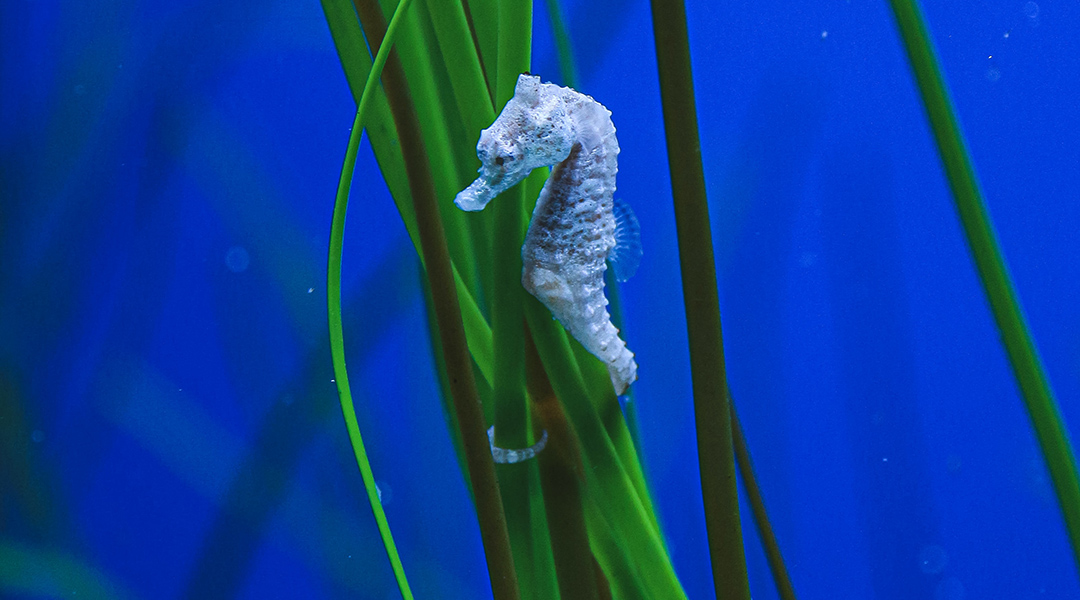
Seahorse-inspired grabbing robots to help clean up our oceans
Researchers take a lead from seahorse tails to develop grasping robots that could help clear up trash from our oceans.
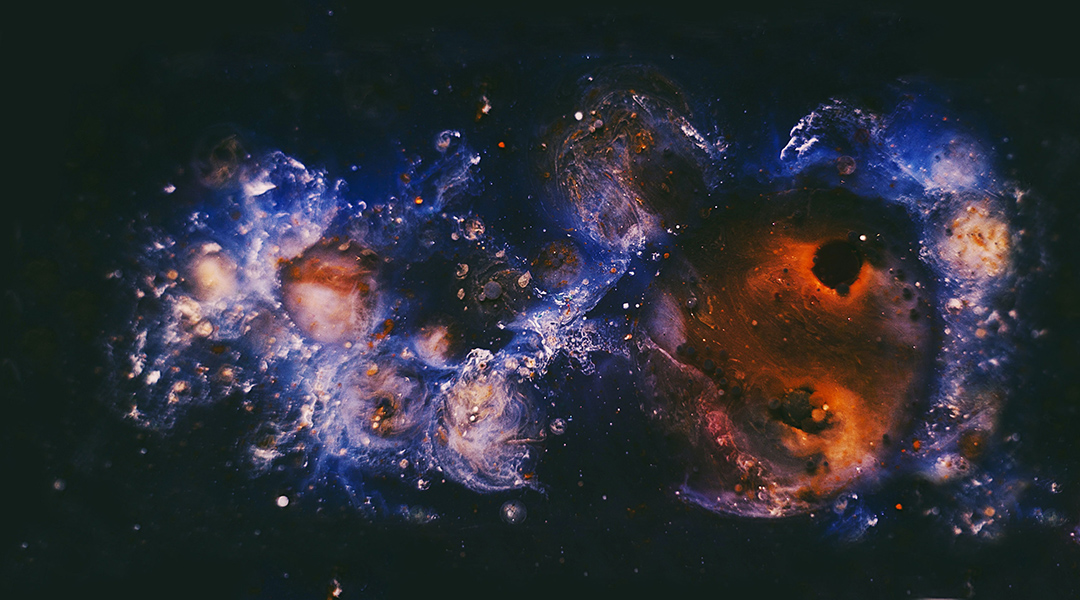
Explaining the Universe’s accelerated expansion without dark energy
A modification to the theory of general relativity makes it consistent with observable astronomical data without the need for dark energy.
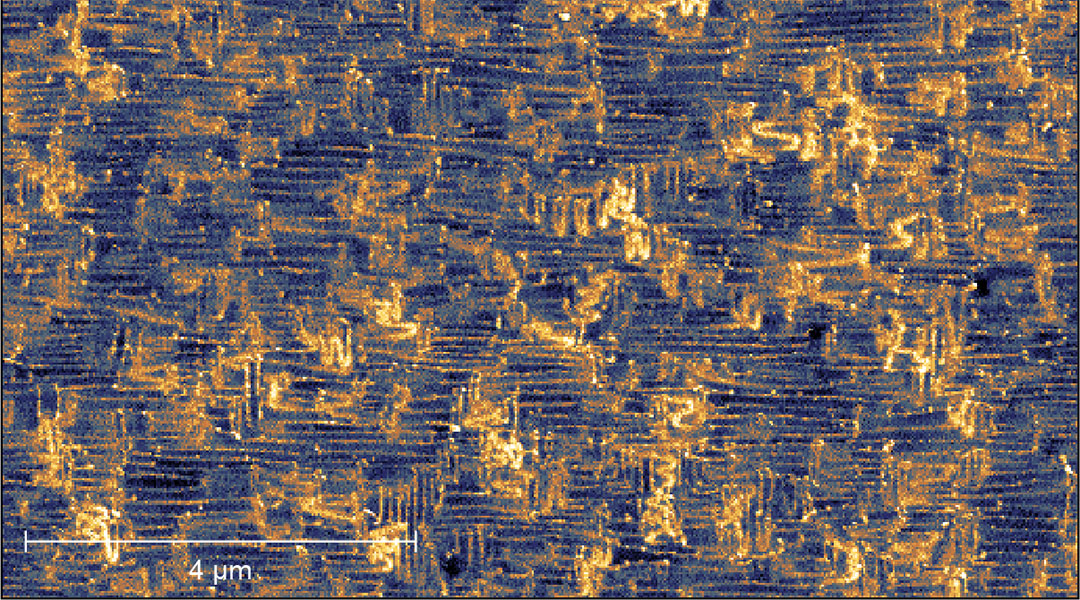
Artificial neural networks made from memristors for brain-inspired computing
Artificial neural networks made from domain walls mimic synapses and neurons in the brain for neuromorphic computers.

New type of black hole merger may have just been observed
Merging pairs of black holes are thought to have originated from binary stars, but new observations indicate this might not always be true.
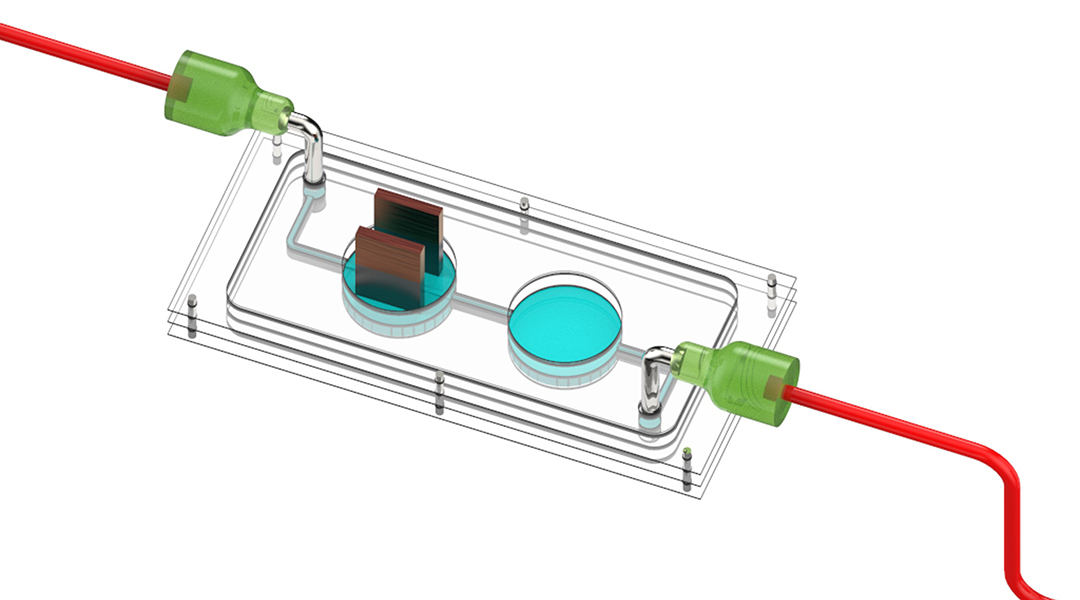
A multi-organ “gym-on-a-chip” finds exercise directly triggers insulin
The device provides a powerful tool for studying and treating diabetes, allowing personalized modelling by using patients’ own cells.
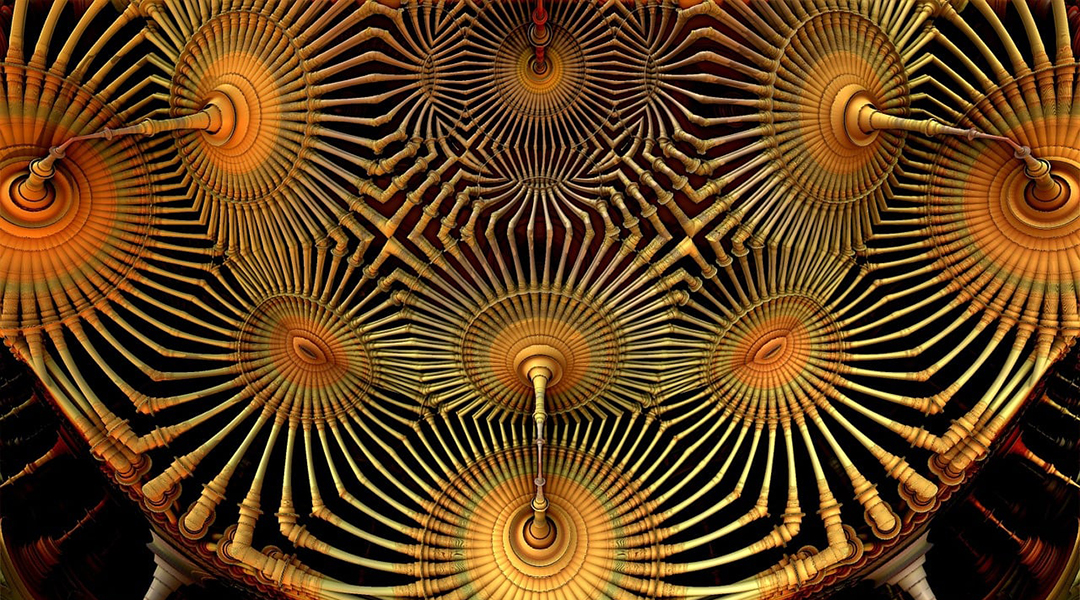
New superconductor could lead to quantum computing breakthrough
A new type of superconductor may just be what physicists have been searching for over the past 40 years.

Boosting lateral solar cells
A new design approach and specialized organic material helps improve the efficiency of lateral solar cells, turning energy generation on its side.
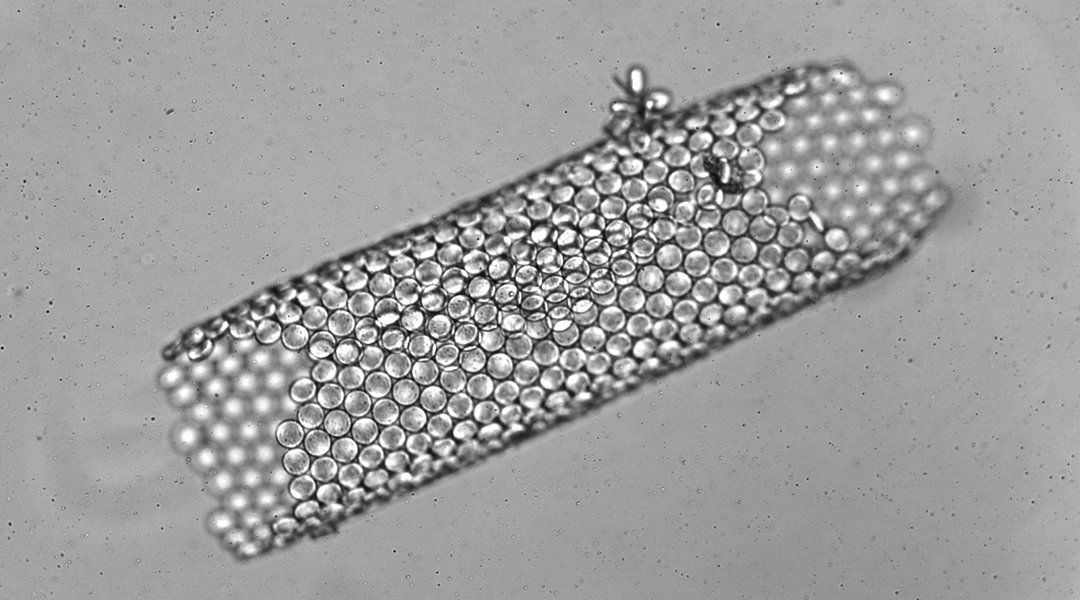
Microrobots crawl, slide, and connect to form larger 3D structures
Scientists have developed a method to produce millimeter-scale soft robots by chemically binding hundreds of microrobots together.
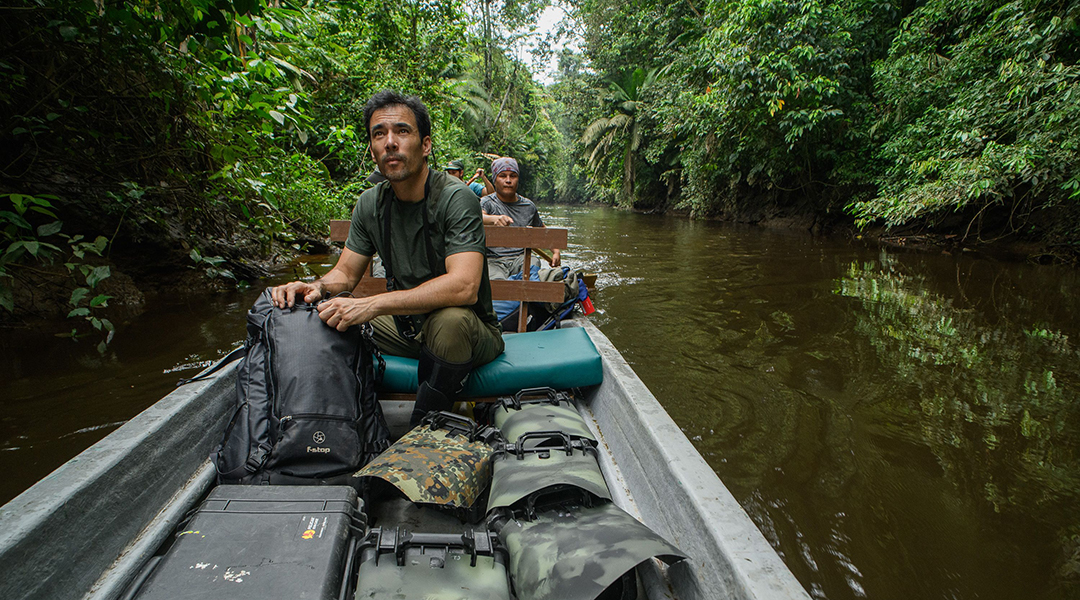
Through the lens of rainforest conservationist and photographer Chien Lee
Not just pretty pictures: Borneo-based wildlife photographer and conservationist Chien Lee has a deeper message.
No Results Found
The page you requested could not be found. Try refining your search, or use the navigation above to locate the post.
No Results Found
The page you requested could not be found. Try refining your search, or use the navigation above to locate the post.
No Results Found
The page you requested could not be found. Try refining your search, or use the navigation above to locate the post.
No Results Found
The page you requested could not be found. Try refining your search, or use the navigation above to locate the post.
No Results Found
The page you requested could not be found. Try refining your search, or use the navigation above to locate the post.

Electrified microneedles get vaccine across the skin for cancer immunotherapy
Microneedle skin patches combined with a safe electrical current help antigens cross the skin to trigger an immune response against tumors.

A nanoparticle drug could one day help with weight loss
A nanotherapy could be used as part of a multifaceted strategy for individuals grappling with severe health implications of obesity.
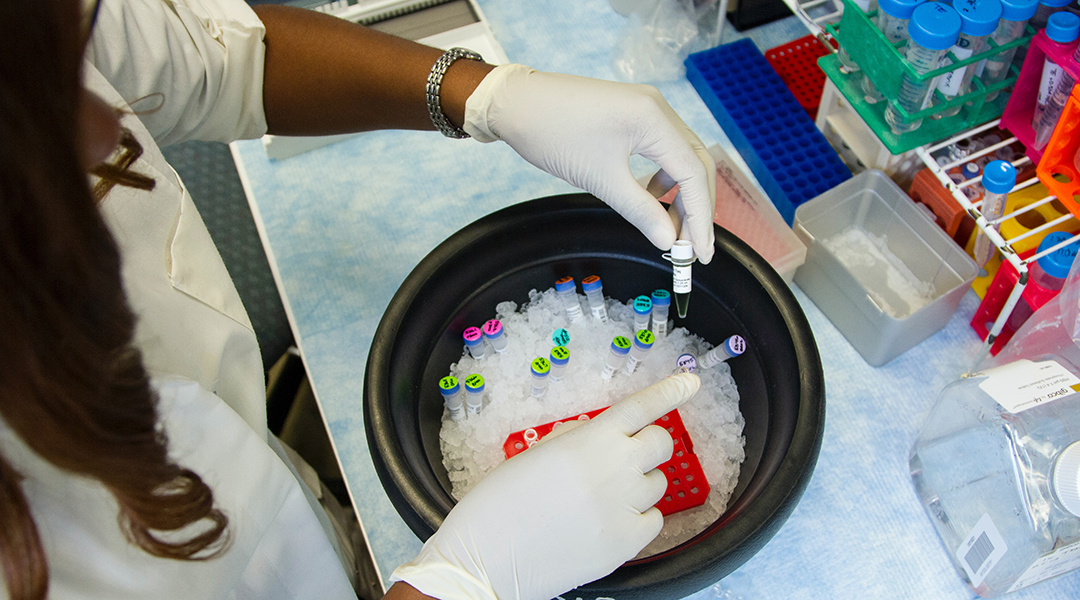
When diagnosing prostate cancer, two biomarkers are better than one
Many biopsies may soon be avoidable with the advent of an accurate biosensor for prostate cancer that detects biomarkers in the blood.
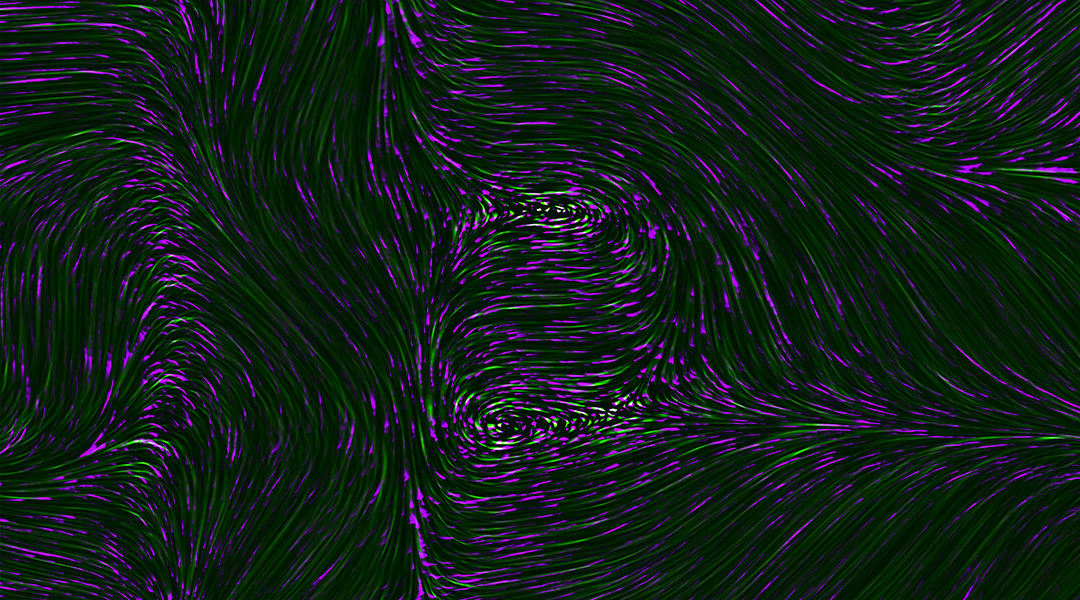
Getting to the bottom of chronic nerve pain
New findings point to the crucial role that mRNA modifications play in how the body regulates pain-related molecules.
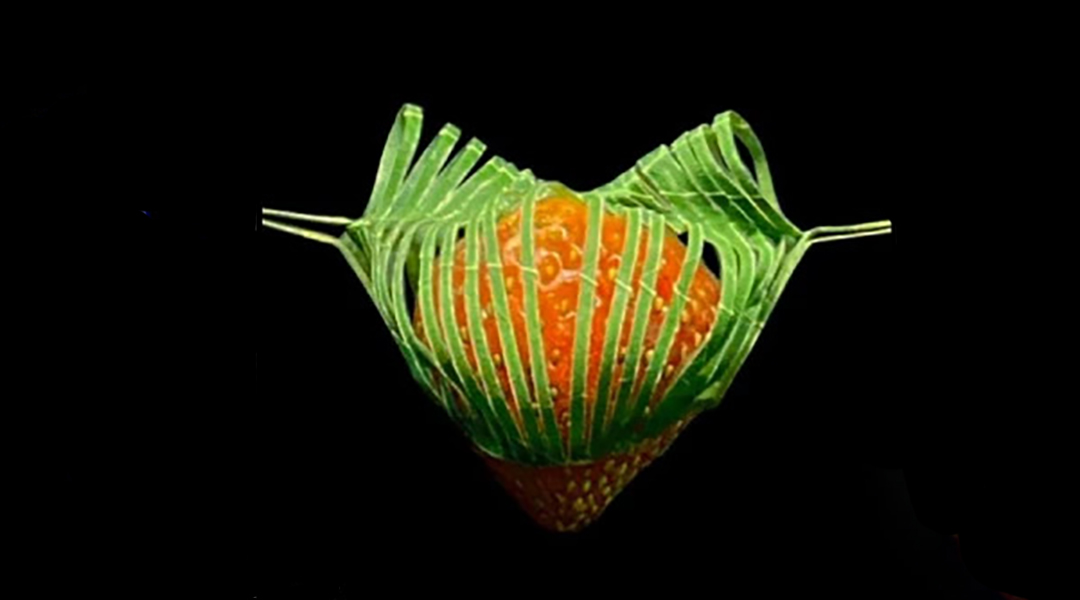
Kirigami-inspired gripper handles drops of water
A kirigami-inspired gripper that can pick up water droplets, microfibers 40 times thinner than a human hair, and objects 16,000 times its own weight.
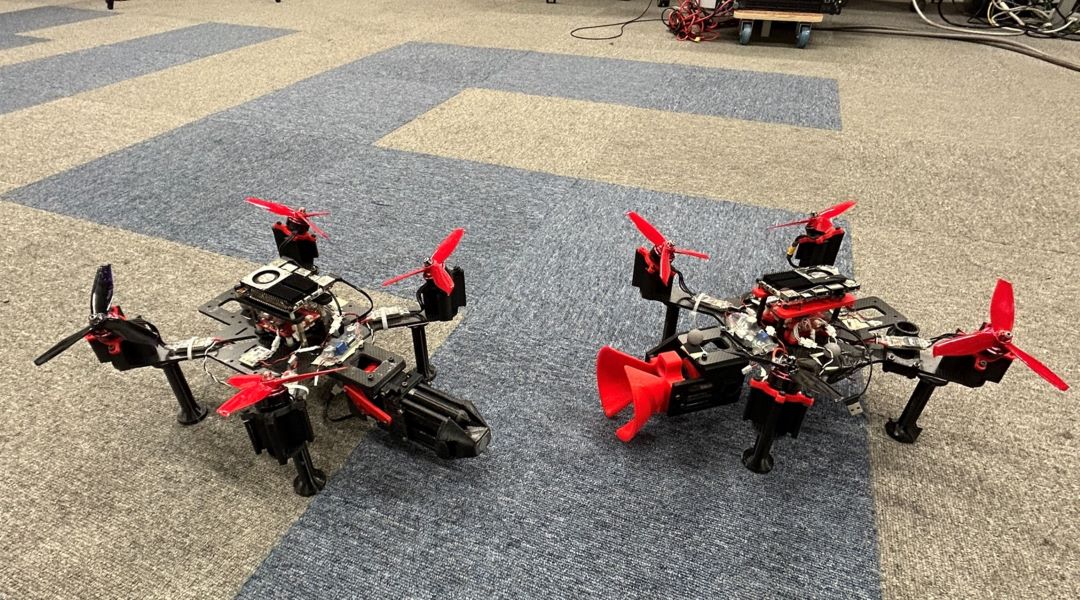
Up in the air: Modular robots assemble mid-flight
It may sound like something straight out of an anime, but TRADY is a rotor-based flying robot that can combine to boost its strength and capabilities.
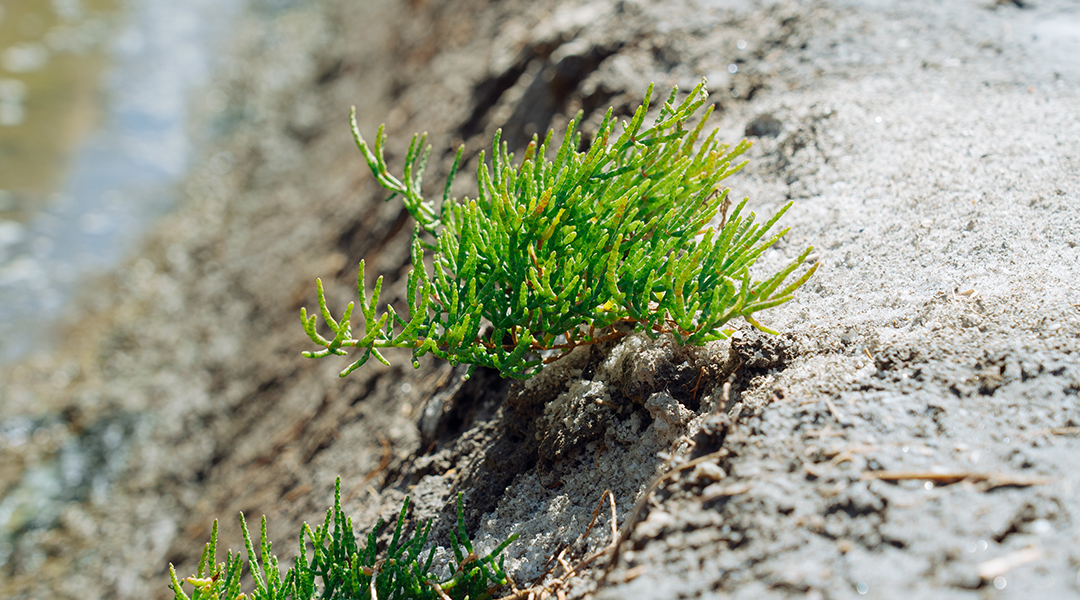
Heat and cold tolerant sensors to help robots in extreme climates
Inspired by sea asparagus, scientists design a conductive hydrogel that is stronger than natural rubbers and adapted for extreme environments.
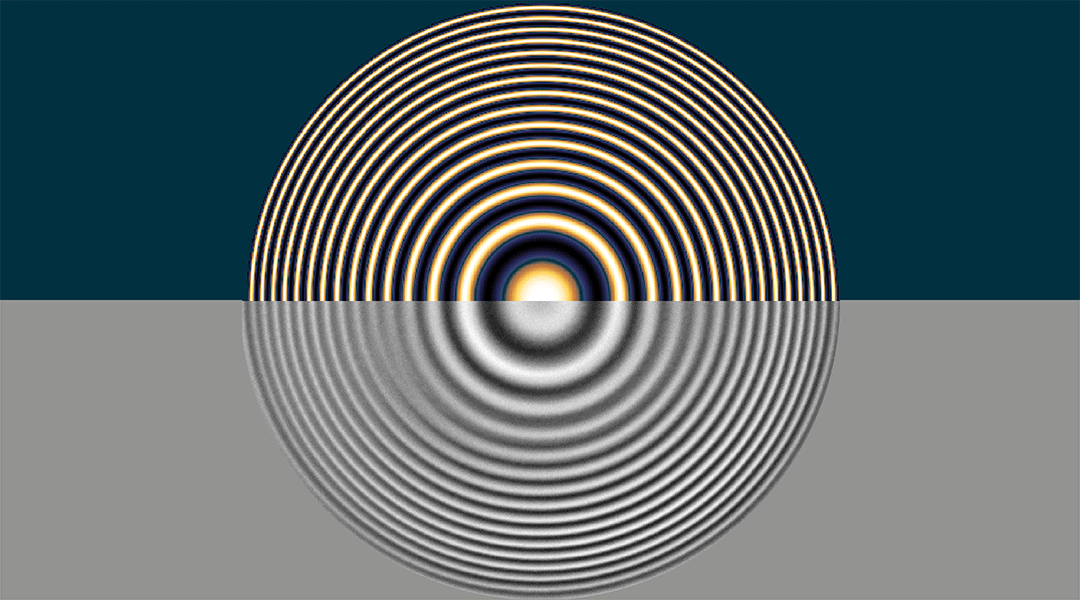
How shape-shifting gratings and lenses are changing optical devices
Tuneable micro-structured surfaces could overcome the limitations of current unchangeable components that result in “static” optical devices.

Uncovering hidden reserves of natural hydrogen
Recent discoveries have unearthed a bonanza of natural hydrogen in significantly larger quantities than was previously thought possible.

Carbon pricing is not at odds with environmental justice
Carbon pricing has been highly criticized, but designing policies to address concerns can yield outcomes that are effective and equitable.
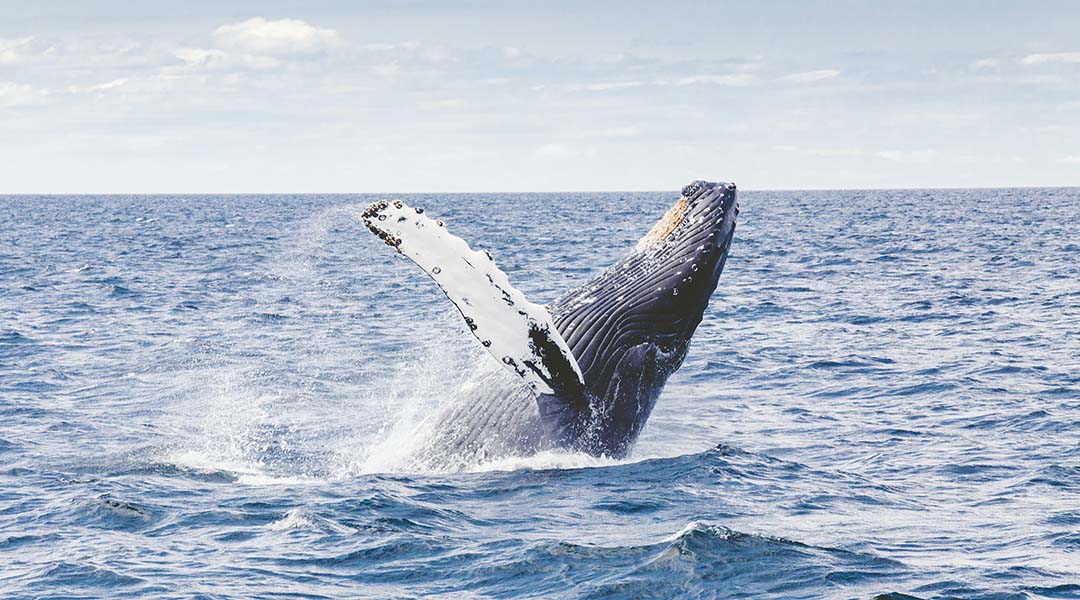
Whales are giving up singing to attract mates
As humpback whale populations increase, two decades worth of data finds they are shifting from singing to fighting as their preferred mating strategy.
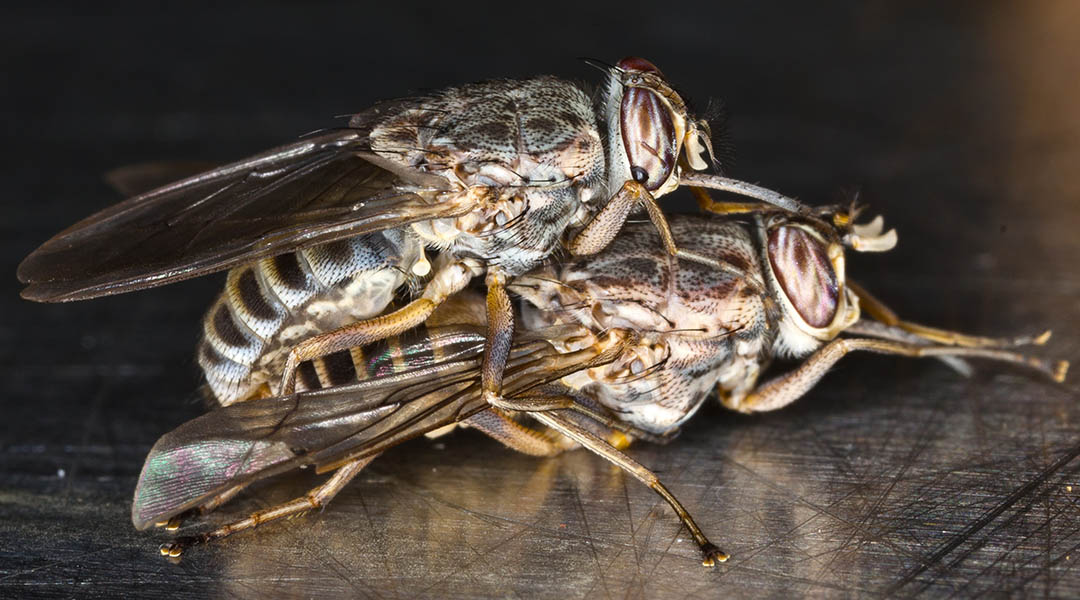
Isolated tsetse fly pheromones could help get sleeping sickness under control
Understanding the chemical language of love used by tsetse flies helps combat the spread of a lethal human parasite.
Galactic clusters may be key to testing competing theories of dark matter and dark energy
Scientists propose a modified cosmological model that challenges the existence of dark matter and dark energy.

Quantum tunneling may have ruled out a popular theory of dark matter
The composition of dark matter remains a mystery, but a new theory involving quantum tunneling may have eliminated some candidates.

Could dark matter be measured around black holes?
Dark matter could be aggregating around black holes, providing a possible means of indirectly measuring its properties.

A paranoid experiment to test the future quantum internet
A group of scientists have carried out one of the strongest tests of quantum phenomena by observing nonlocality in a network.



